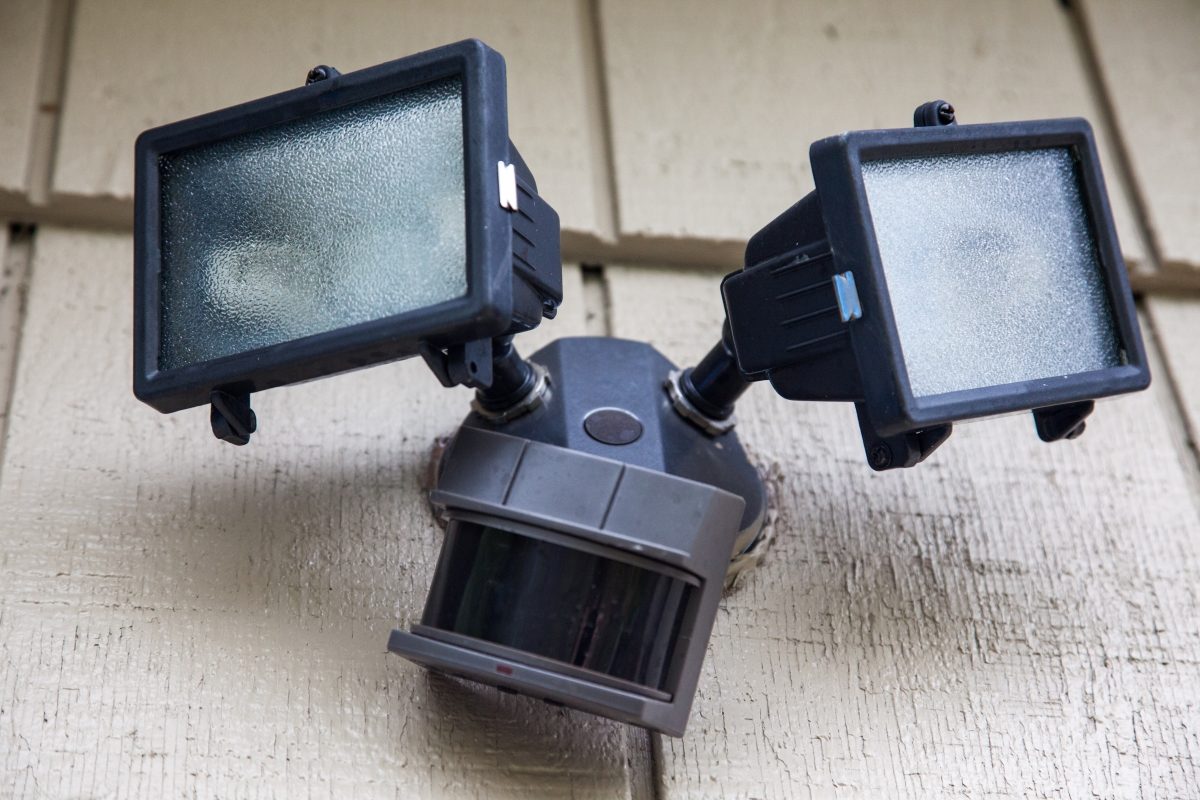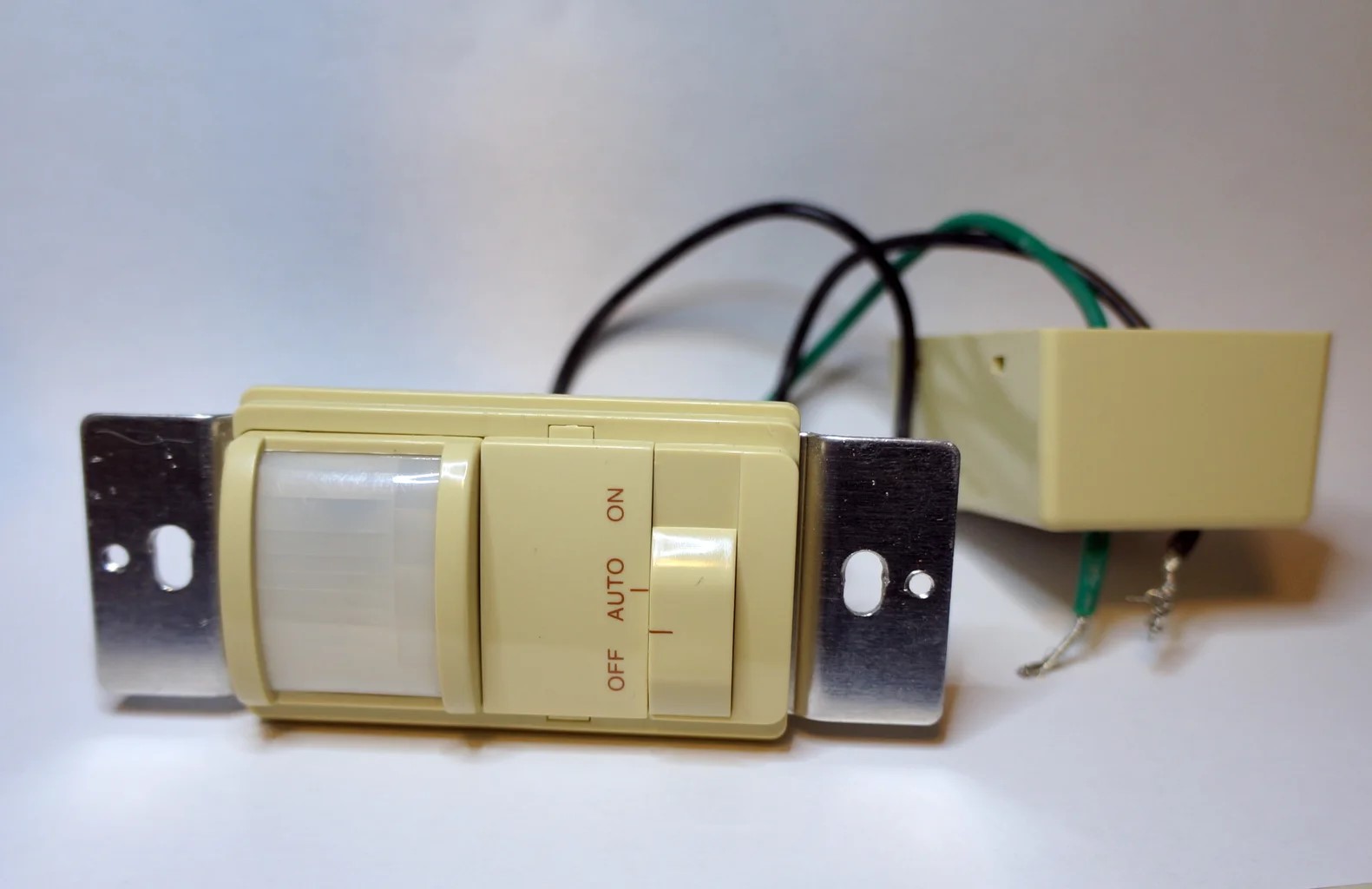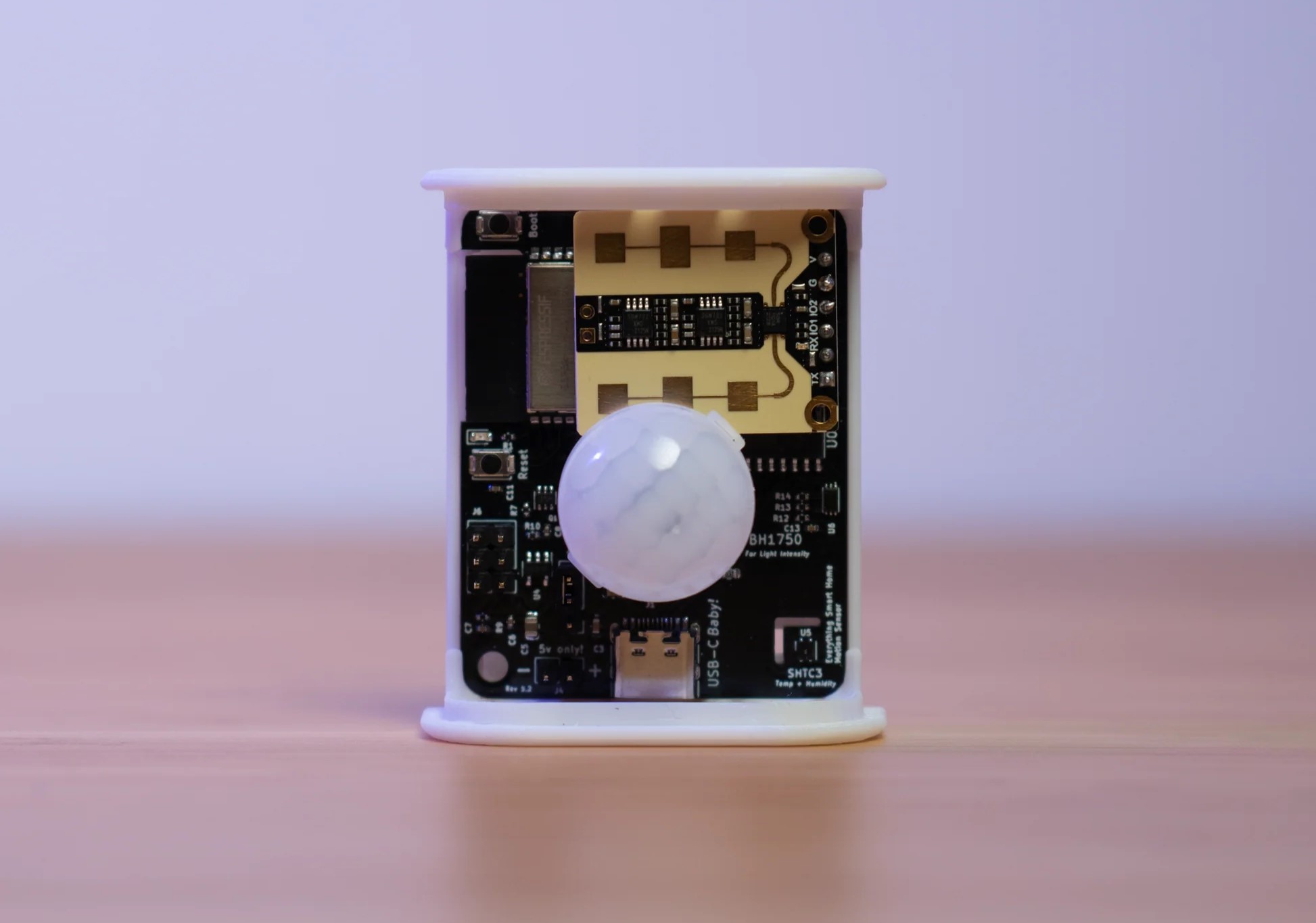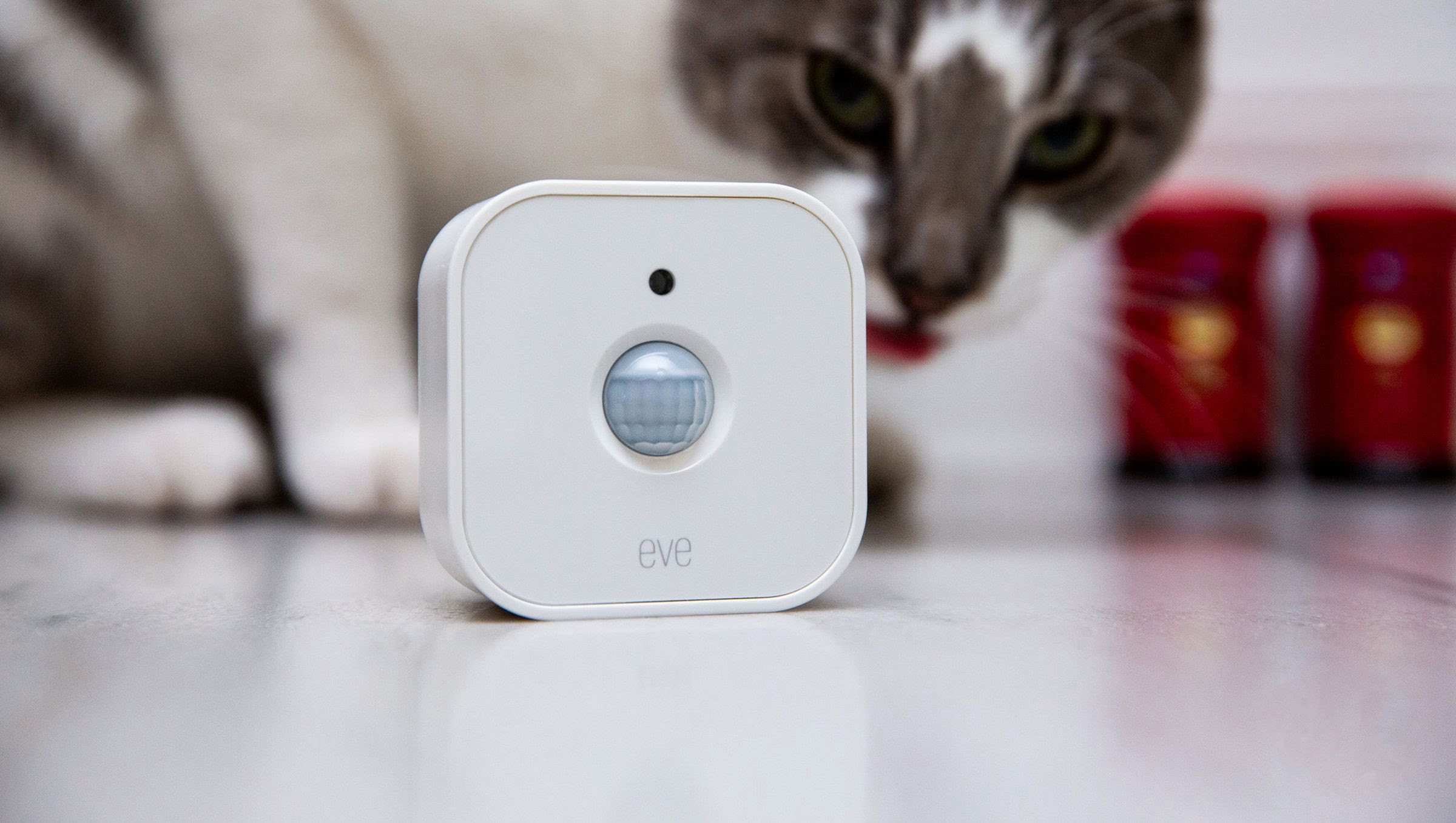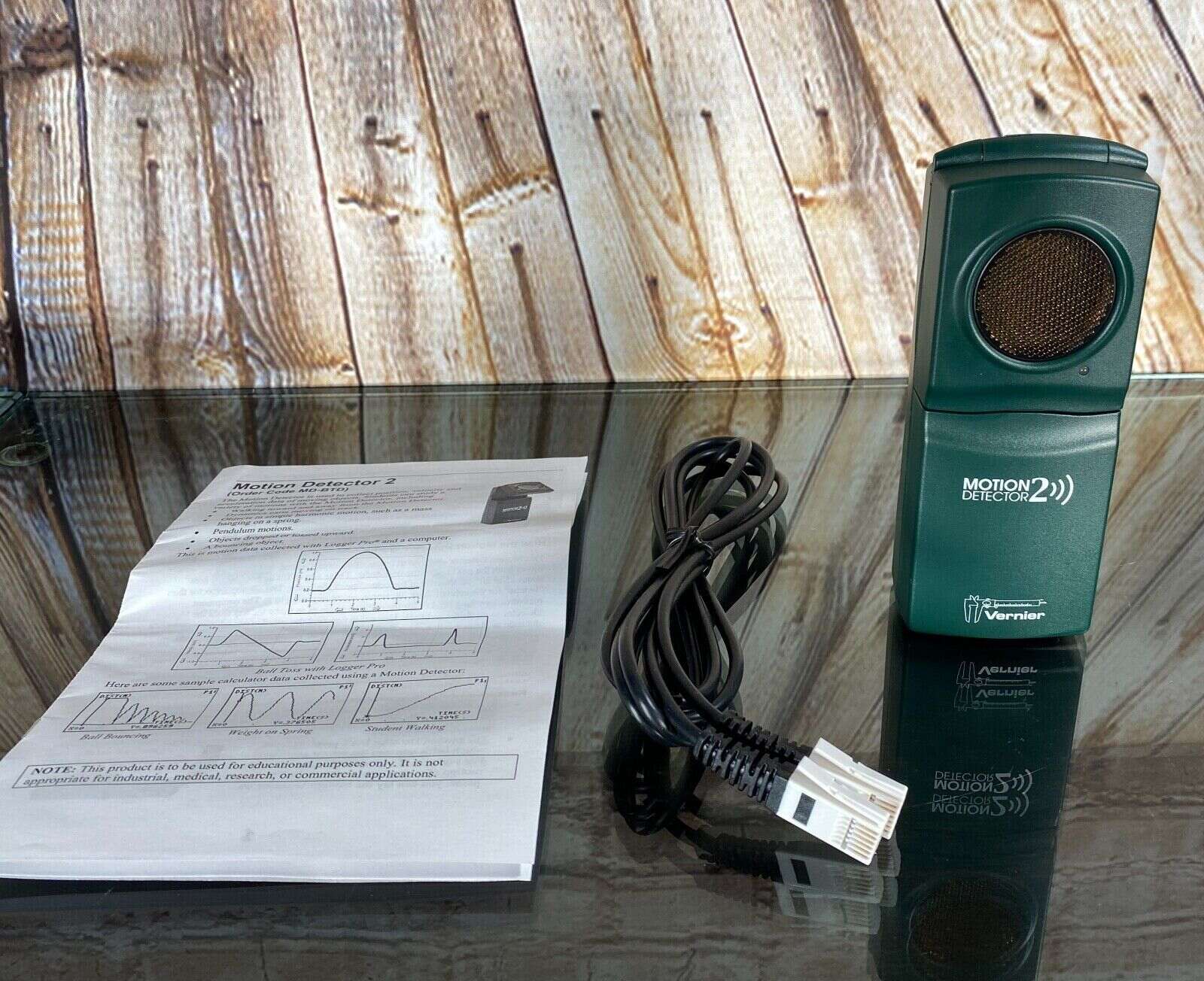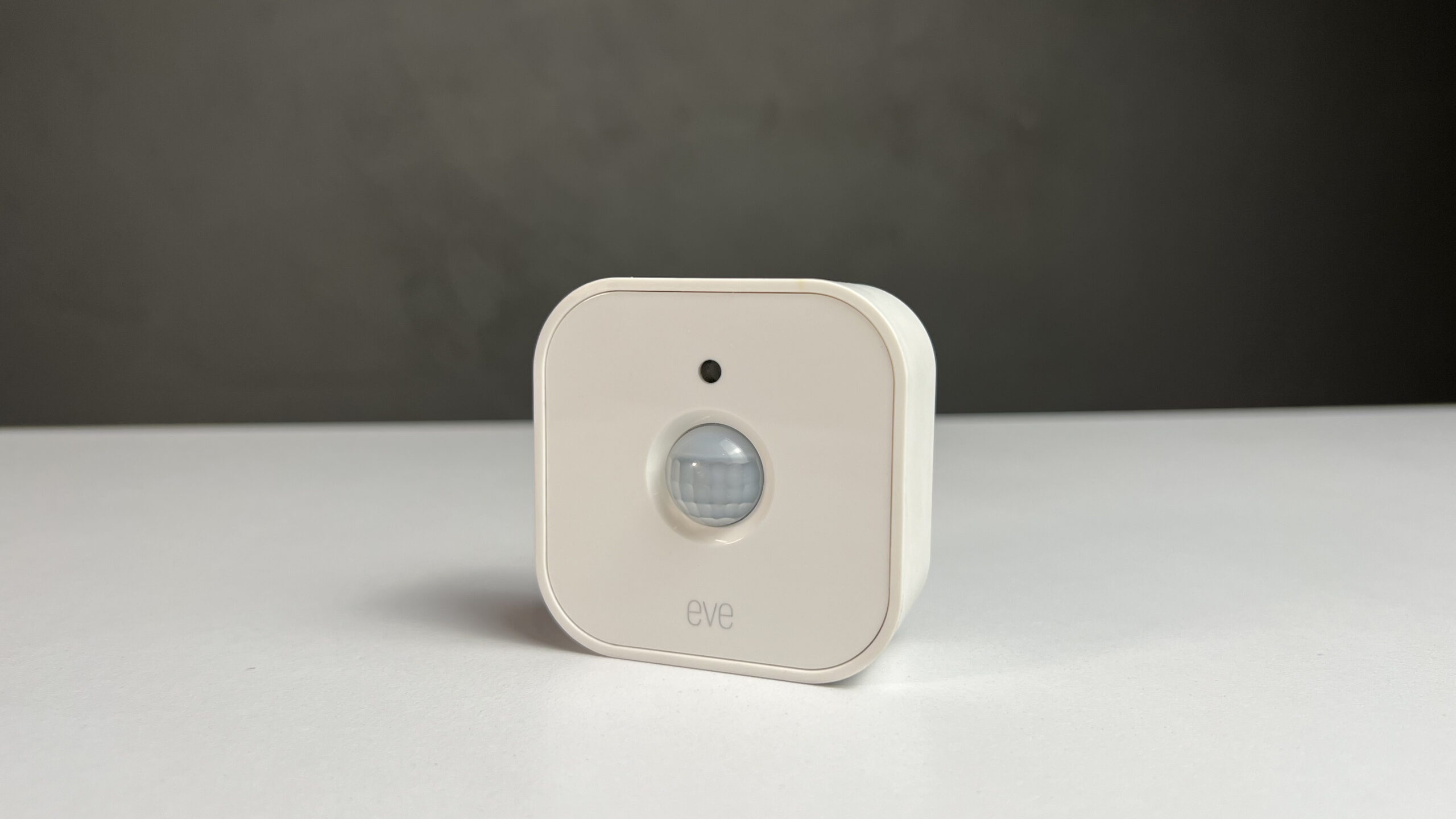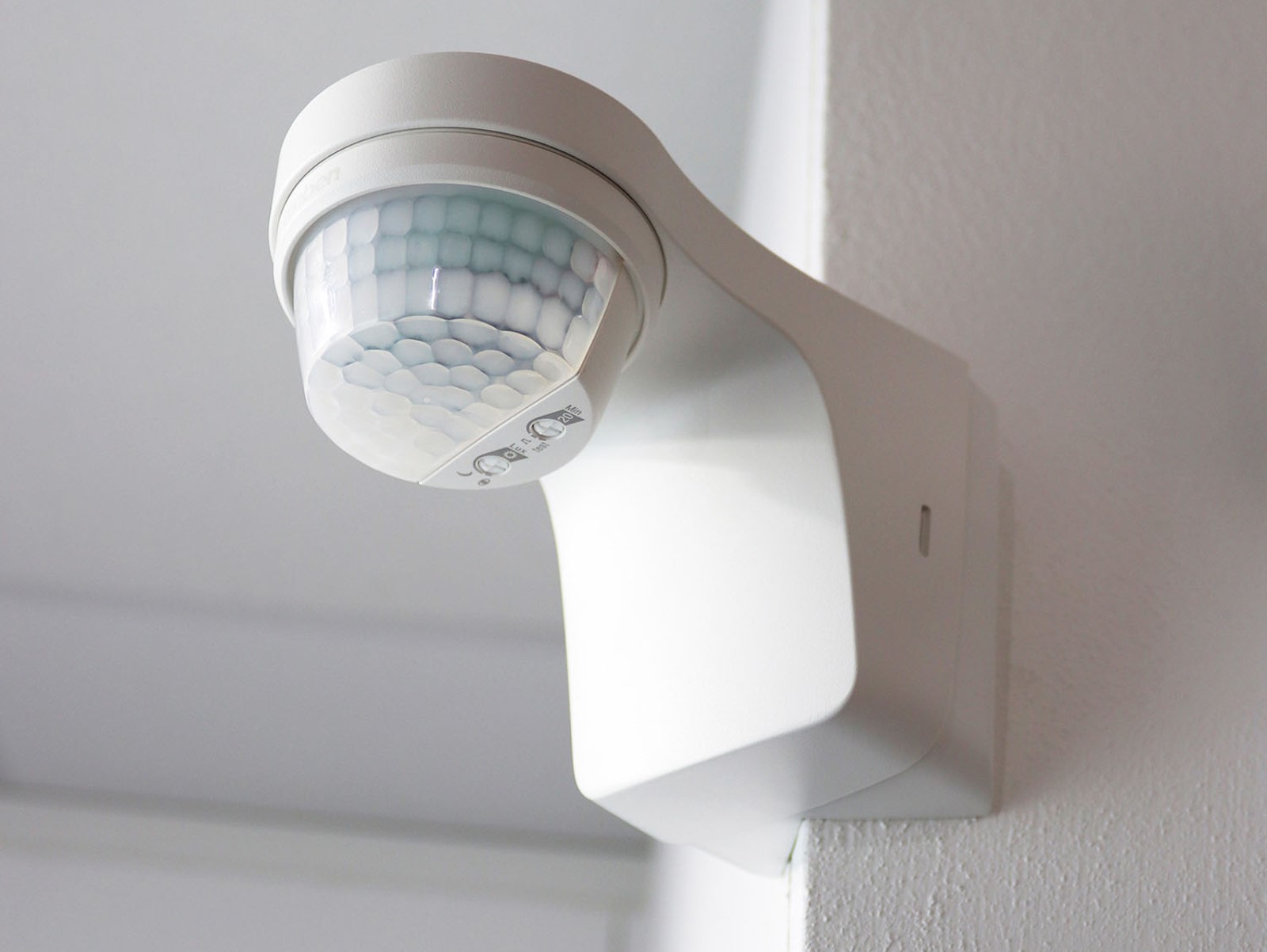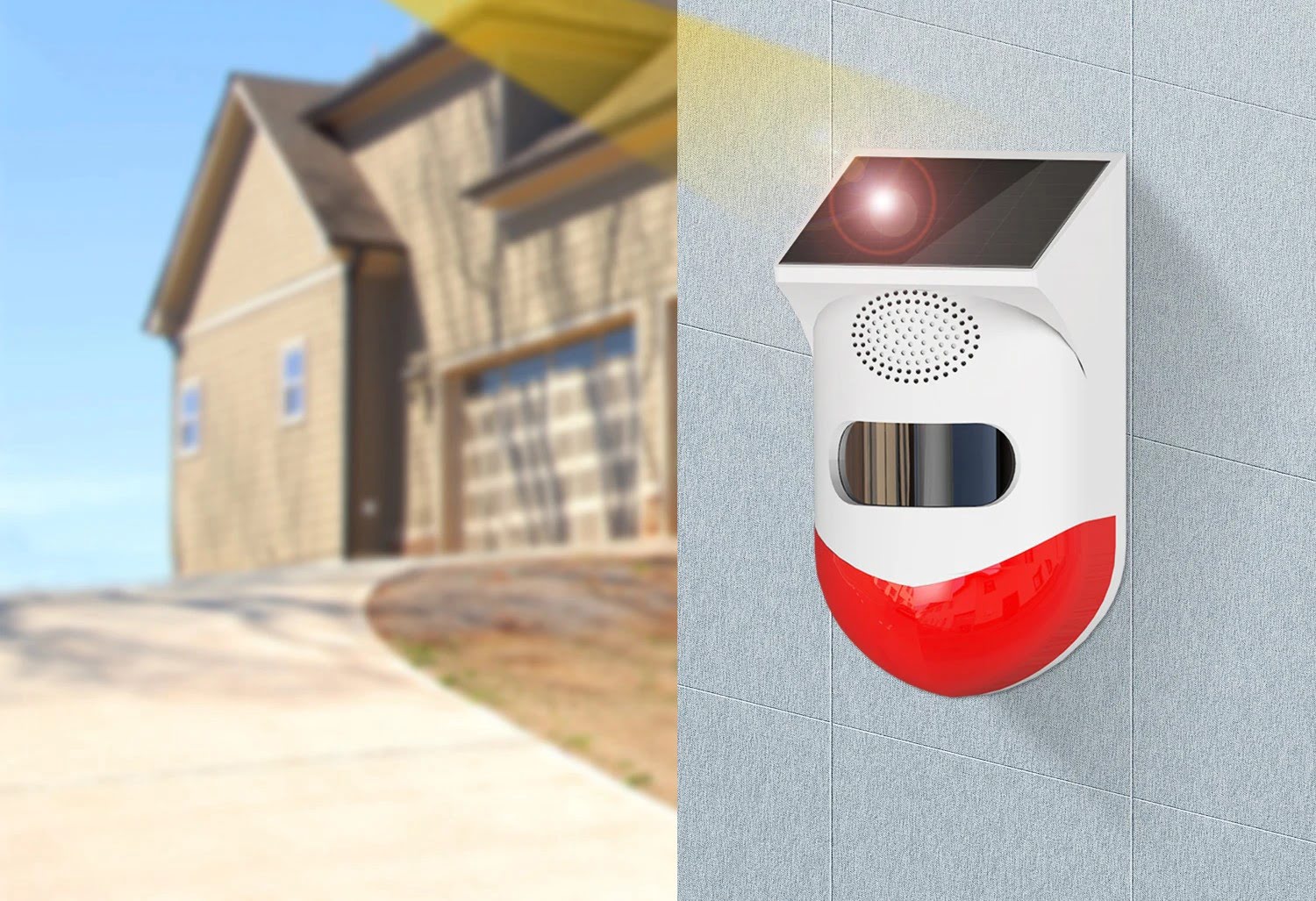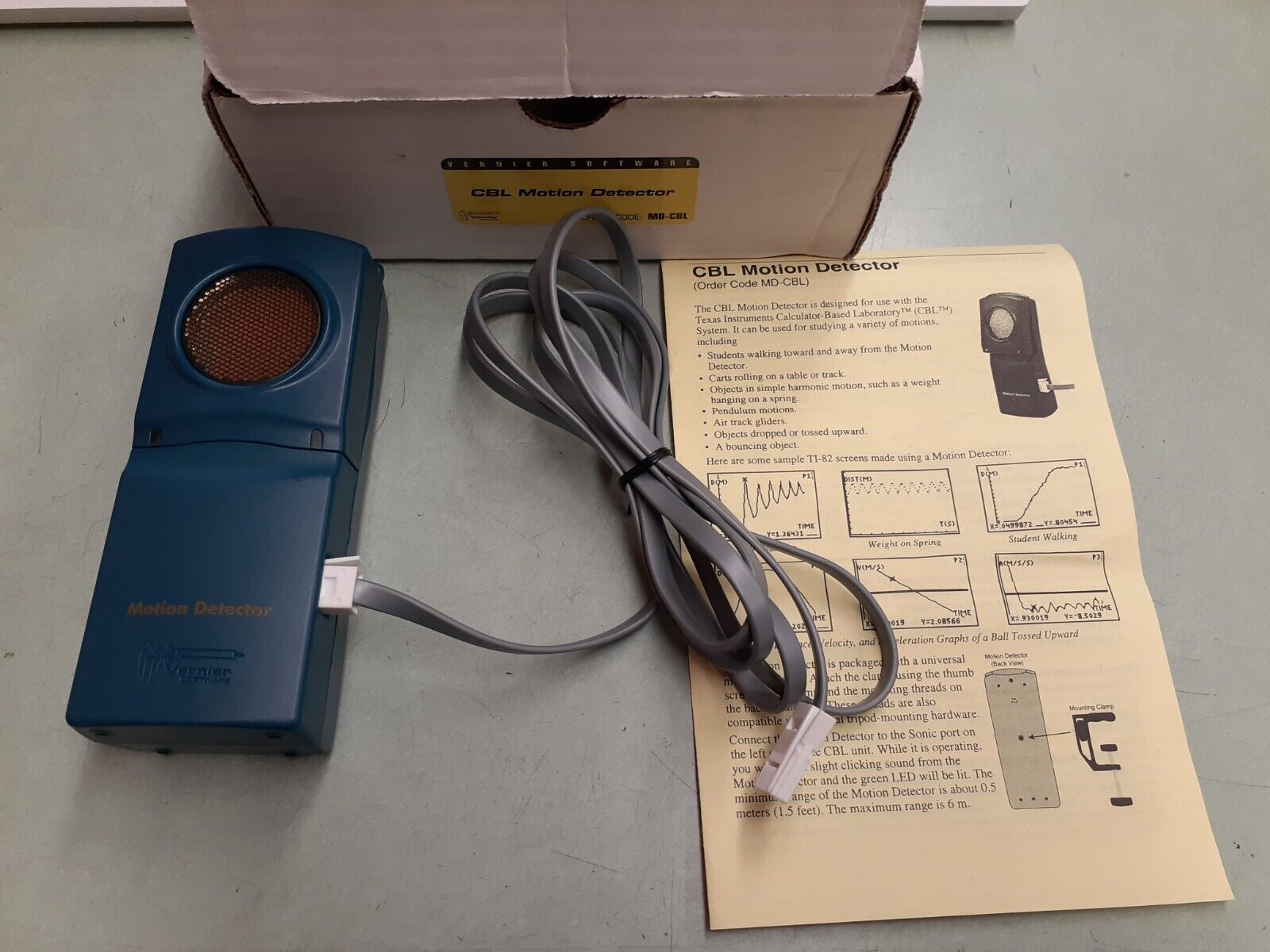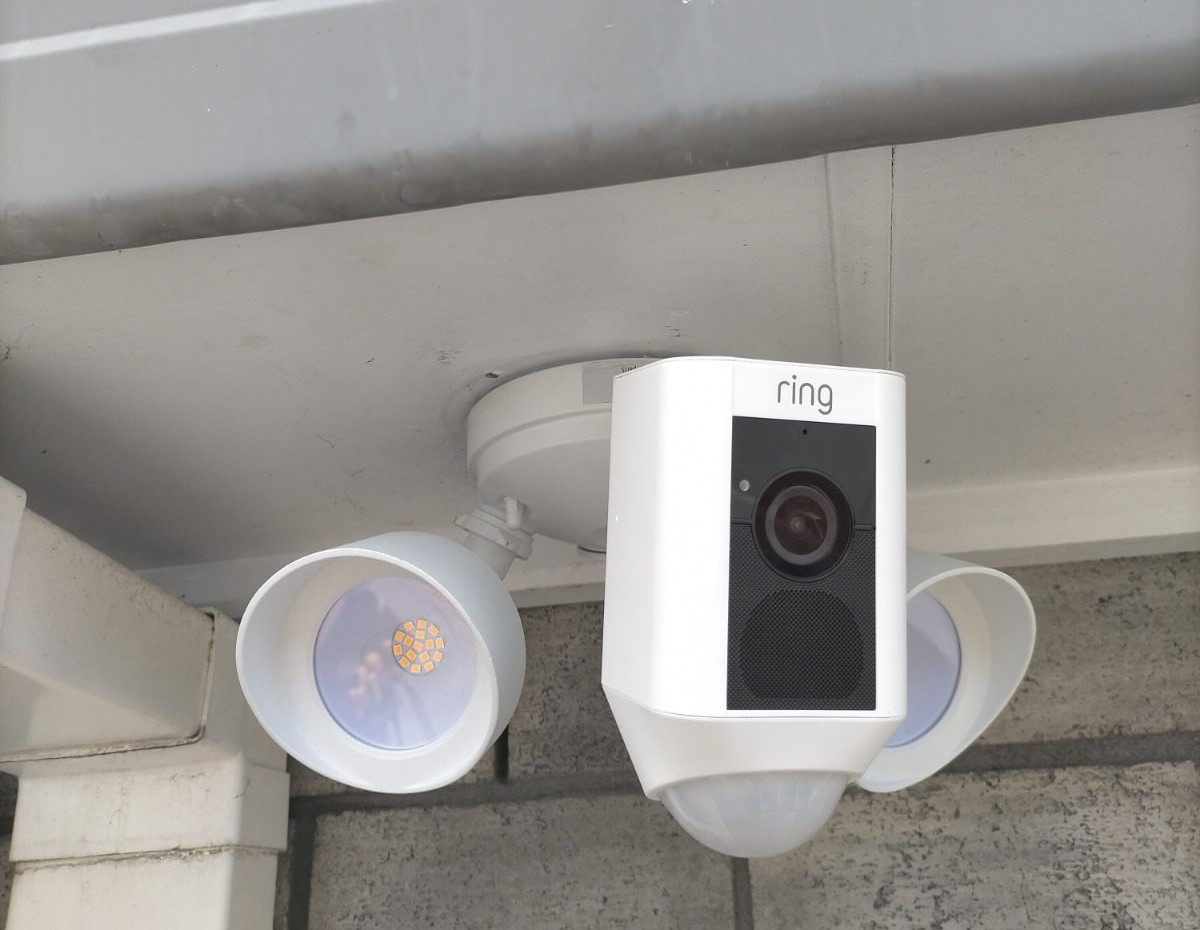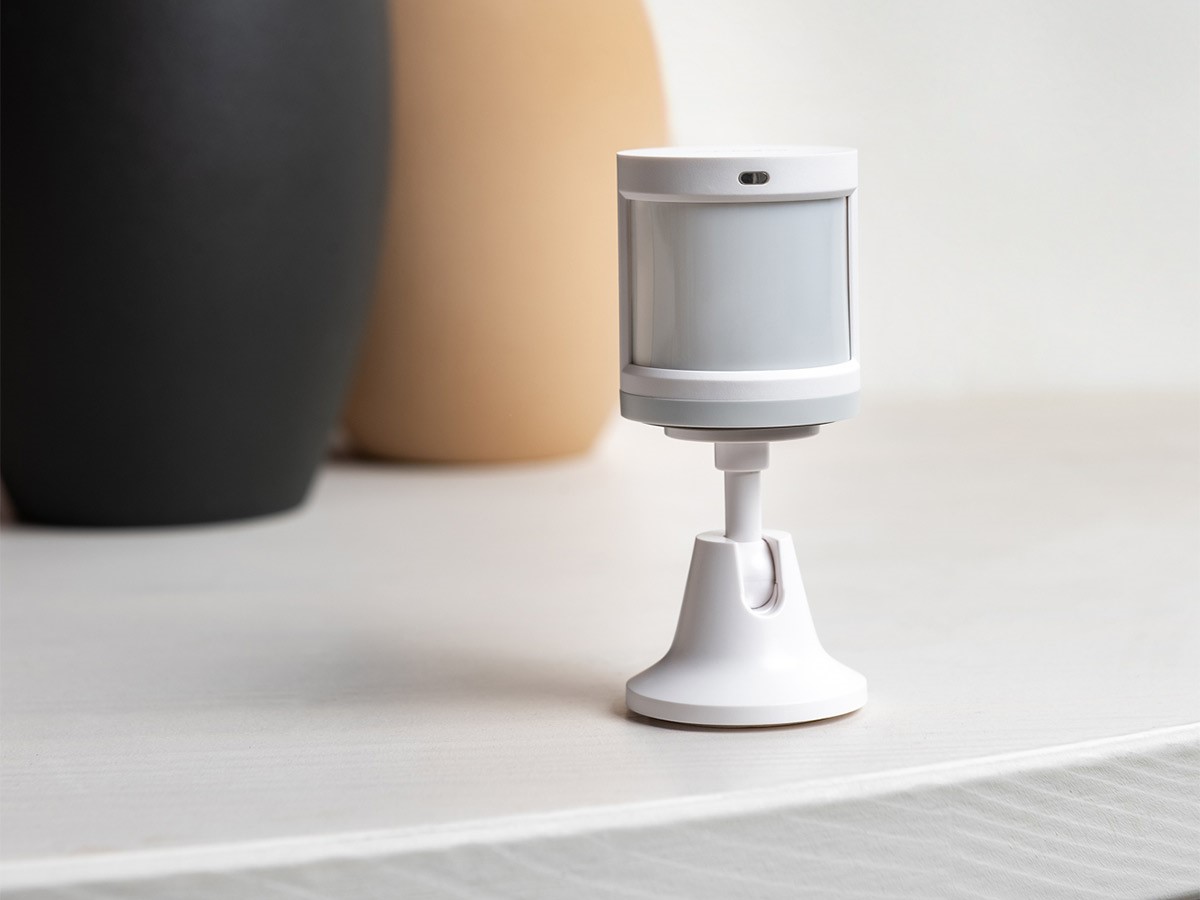Home>Home Security and Surveillance>How To Troubleshoot A DSC Motion Detector
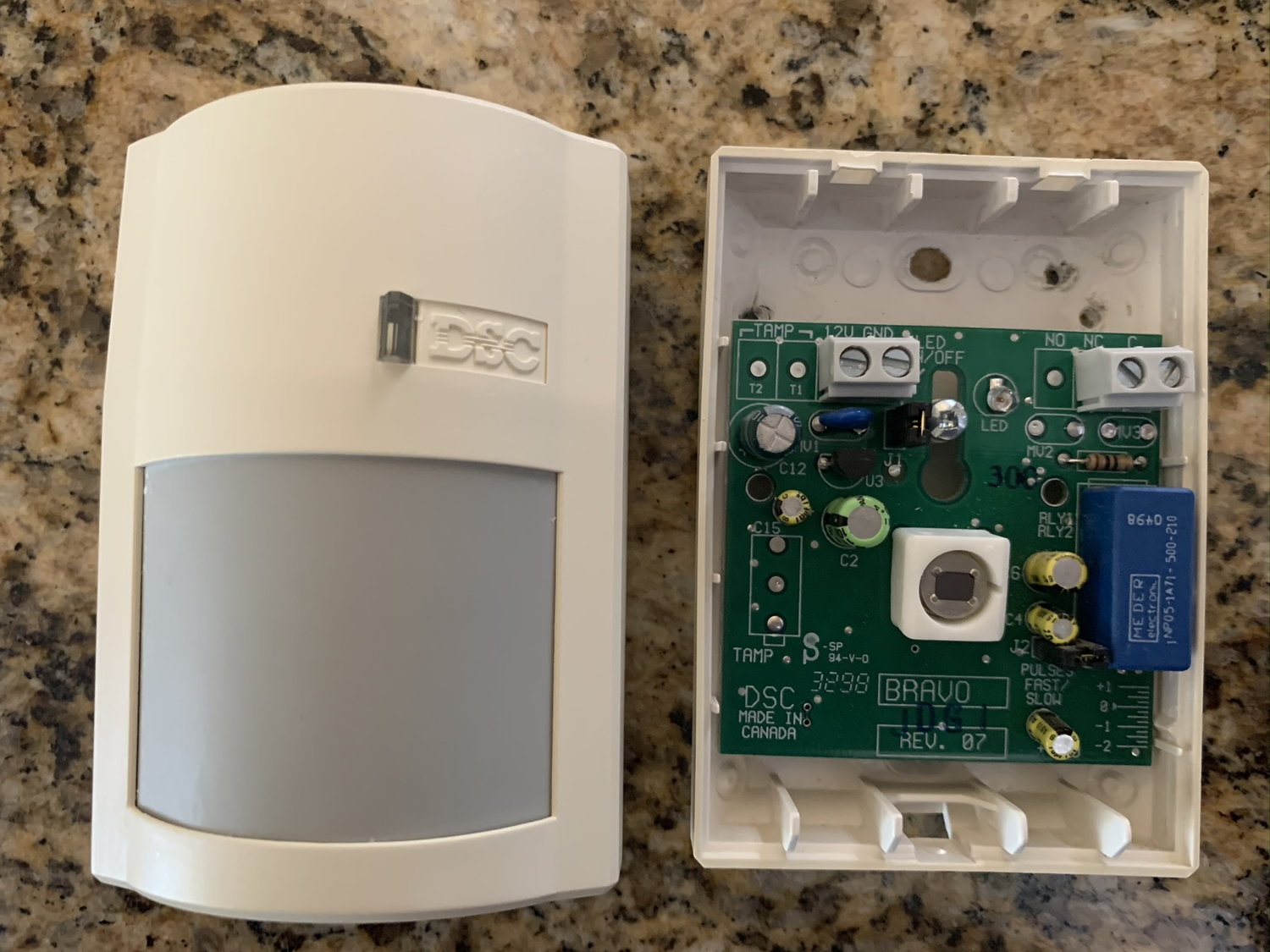

Home Security and Surveillance
How To Troubleshoot A DSC Motion Detector
Modified: August 16, 2024
Learn how to troubleshoot a DSC motion detector for your home security and surveillance system. Get expert tips and advice to fix any issues and ensure optimal performance.
(Many of the links in this article redirect to a specific reviewed product. Your purchase of these products through affiliate links helps to generate commission for Storables.com, at no extra cost. Learn more)
Introduction – Overview of DSC Motion Detectors
When it comes to home security, motion detectors play a crucial role in keeping our homes safe from potential intruders. Among the various types of motion detectors available in the market, DSC (Digital Security Controls) motion detectors have gained popularity for their reliable performance and advanced features.
DSC motion detectors are designed to detect movement within a specified area and trigger an alarm or send a notification to the homeowner or security system. These devices utilize various technologies such as passive infrared (PIR), microwave, and dual-technology sensors to detect motion accurately.
What sets DSC motion detectors apart from others is their cutting-edge technology, innovative design, and compatibility with DSC security systems. They offer a wide range of models to suit different needs, including indoor and outdoor options.
One of the key benefits of DSC motion detectors is their ability to integrate seamlessly with DSC security systems. This integration allows homeowners to monitor and control their security system, including the motion detectors, from a centralized panel or through a smartphone app.
Another advantage of DSC motion detectors is their exceptional accuracy and reliability. These devices employ advanced algorithms and signal processing techniques to eliminate false alarms caused by pets, moving objects, or environmental factors like changes in temperature or lighting conditions.
DSC motion detectors are also known for their ease of installation and user-friendly features. With clear instructions and intuitive interfaces, homeowners can easily set up and configure these detectors to meet their specific security needs.
Furthermore, DSC motion detectors offer customizable detection settings that allow users to adjust the sensitivity, range, and detection patterns. This flexibility ensures optimal detection performance in different scenarios and helps minimize false alarms.
In summary, DSC motion detectors are a reliable and effective solution for enhancing home security. Their advanced technology, seamless integration, and user-friendly features make them a popular choice among homeowners. In the following sections, we will explore some common issues that may arise with DSC motion detectors and provide troubleshooting steps to resolve them.
Key Takeaways:
- Keep your DSC motion detector working smoothly by checking power supply, sensor placement, and sensitivity settings. Regular maintenance and troubleshooting can prevent false alarms and ensure optimal performance.
- If you encounter issues with your DSC motion detector, follow troubleshooting steps like checking for obstructions, testing sensitivity settings, and performing a device reset. Seek professional help if problems persist for reliable home security.
Read more: How To Deactivate A DSC Motion Detector
Common Issues
While DSC motion detectors are designed to provide reliable and accurate motion detection, there are some common issues that users may encounter. Understanding these issues and knowing how to troubleshoot them can help ensure optimal performance of your DSC motion detectors. Let’s take a look at some of the most common issues:
False Alarms
One of the most frustrating issues that homeowners may face with DSC motion detectors is false alarms. False alarms occur when the motion detector triggers an alarm or notification without any actual movement in the area. This can be caused by a variety of factors, including environmental conditions, incorrect placement, or inaccurate sensitivity settings.
Detector Not Detecting Motion
Another issue that users may encounter is when the DSC motion detector fails to detect motion altogether. This can be concerning as it compromises the effectiveness of the security system. Possible causes for this issue include power supply problems, obstructions in the detection area, or a malfunctioning sensor.
Motion Detector Not Working After Power Outage
Sometimes, a power outage or electrical surge can cause the DSC motion detector to stop working. When power is restored, the motion detector may not initialize properly, resulting in it becoming unresponsive. This issue can often be resolved by resetting the device or reestablishing the connection with the security system.
Intermittent Motion Detection
Occasionally, users may notice that the DSC motion detector detects motion inconsistently. It may work perfectly fine on some occasions but fail to trigger an alarm or notification during other instances. This issue can be caused by factors such as poor sensor placement, interference from other devices, or signal integrity problems.
Understanding these common issues can help homeowners troubleshoot and resolve any problems that may arise with their DSC motion detectors. In the following sections, we will provide step-by-step troubleshooting guidance to address these issues and ensure optimal performance of your DSC motion detectors.
Troubleshooting Steps
When you encounter issues with your DSC motion detectors, there are several troubleshooting steps you can take to identify and resolve the problem. By following these steps, you can ensure optimal performance and functionality of your DSC motion detectors. Let’s explore each step:
Step 1: Check Power Supply
Start by checking the power supply of your DSC motion detector. Ensure that it is properly connected to a power source and that there are no loose or damaged wires. If the detector is battery-powered, replace the batteries with fresh ones. Power supply issues can often cause the detector to malfunction or stop working altogether.
Step 2: Verify Sensor Placement
Next, verify that the DSC motion detector is positioned correctly. Ensure that it is mounted securely and at the appropriate height and angle for optimal coverage. Avoid placing the detector near heat sources, air vents, or windows, as these factors can interfere with its operation. Additionally, make sure that the sensor is not obstructed by objects such as furniture or curtains that may hinder its ability to detect motion.
Read more: How To Open A Motion Detector
Step 3: Check for Obstructions
If your DSC motion detector is not detecting motion or triggering false alarms, check for any obstructions in the detection area. Remove any objects that may be blocking the sensor’s field of view, such as hanging plants or decorations. Also, ensure that there are no moving objects within the detection area, such as oscillating fans, as these can cause false alarms.
Step 4: Test Sensitivity Settings
Adjusting the sensitivity settings of your DSC motion detector can help eliminate false alarms or improve motion detection. Refer to the user manual or control panel settings to modify the sensitivity level according to your specific needs. Gradually increase or decrease the sensitivity and test the motion detector’s performance to find the optimal setting. Keep in mind that setting the sensitivity too high may result in false alarms, while setting it too low may cause the detector to miss actual motion.
Step 5: Check for System Compatibility
If you are experiencing issues with your DSC motion detector after integrating it with a security system, ensure that the system is compatible with the detector. Check the compatibility list provided by the manufacturer or consult with a professional to ensure that the motion detector and security system are designed to work together seamlessly. Incompatibility between devices can often lead to functionality issues.
Step 6: Perform a Device Reset
If all else fails, performing a device reset can often resolve persistent issues with DSC motion detectors. Refer to the user manual or manufacturer’s instructions for the specific steps to reset your motion detector. This process typically involves powering off the detector, waiting for a specific duration, and then powering it back on. Resetting the device allows it to refresh its settings and connections, potentially resolving any underlying issues.
By following these troubleshooting steps, you can address common issues with your DSC motion detectors and ensure that they are functioning optimally. If the problems persist or if you are unable to resolve them on your own, contacting a professional technician or the manufacturer’s support team can provide further assistance in diagnosing and resolving the issues.
Read more: How To Bypass A Motion Detector
Conclusion
In conclusion, troubleshooting issues with your DSC motion detectors is essential to ensure the effective functioning of your home security system. By following the troubleshooting steps outlined in this article, you can identify and resolve common issues that may arise with your DSC motion detectors.
First, make sure to check the power supply of your motion detectors and verify that they are connected to a reliable power source. If necessary, replace batteries or fix any loose or damaged wires.
Next, ensure that your motion detectors are placed correctly, with the right height and angle for optimal coverage. Avoid obstructions in the detection area and make sure that the sensors are not blocked by objects that may hinder their ability to detect motion.
If your motion detectors are triggering false alarms or not detecting motion, adjust the sensitivity settings to find the optimal level. Gradually increase or decrease the sensitivity and test the performance of the detectors to find the right balance between accurate motion detection and false alarm prevention.
Check for system compatibility if you have integrated your motion detectors with a security system. Ensure that the devices are compatible with each other to avoid functionality issues.
If you have tried all the above steps and still face issues, performing a device reset can often resolve persistent problems. Follow the manufacturer’s instructions to reset your motion detectors and allow them to refresh their settings and connections.
To maintain the optimal performance of your DSC motion detectors, it’s also essential to keep them clean and free from dust or debris that can disrupt their functionality. Regularly inspect and clean the sensors to ensure reliable and accurate motion detection.
Lastly, if you are unable to resolve the issues on your own or if the problems persist, consider seeking assistance from a professional technician or contacting the manufacturer’s support team for further guidance and troubleshooting.
By following these troubleshooting steps and implementing the suggestions provided, you can overcome common issues and ensure that your DSC motion detectors provide reliable and effective motion detection for your home security needs.
Frequently Asked Questions about How To Troubleshoot A DSC Motion Detector
Was this page helpful?
At Storables.com, we guarantee accurate and reliable information. Our content, validated by Expert Board Contributors, is crafted following stringent Editorial Policies. We're committed to providing you with well-researched, expert-backed insights for all your informational needs.
